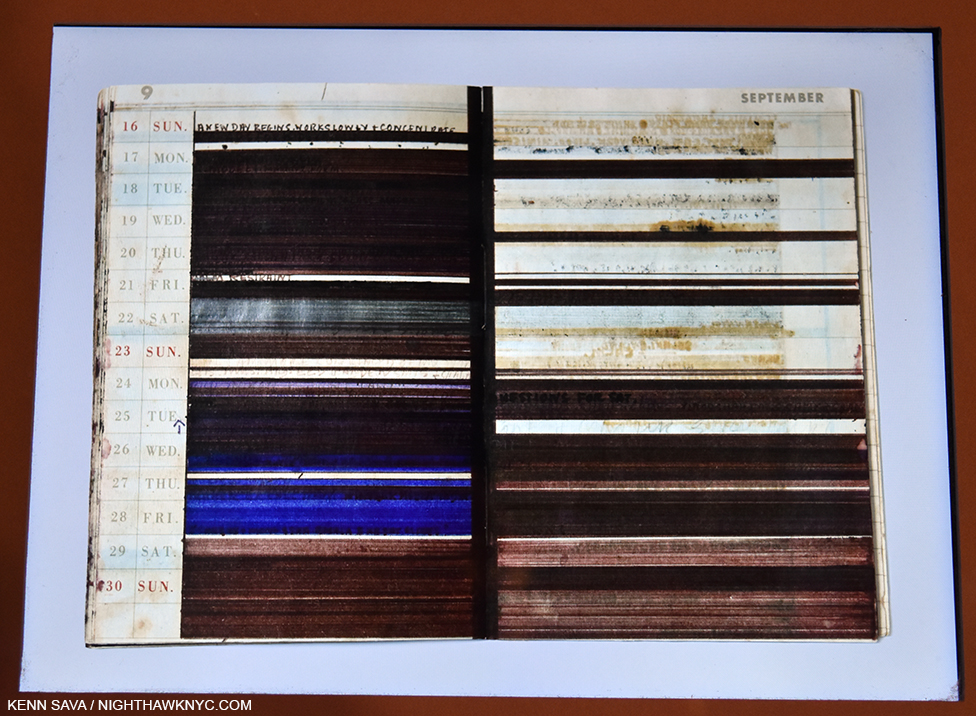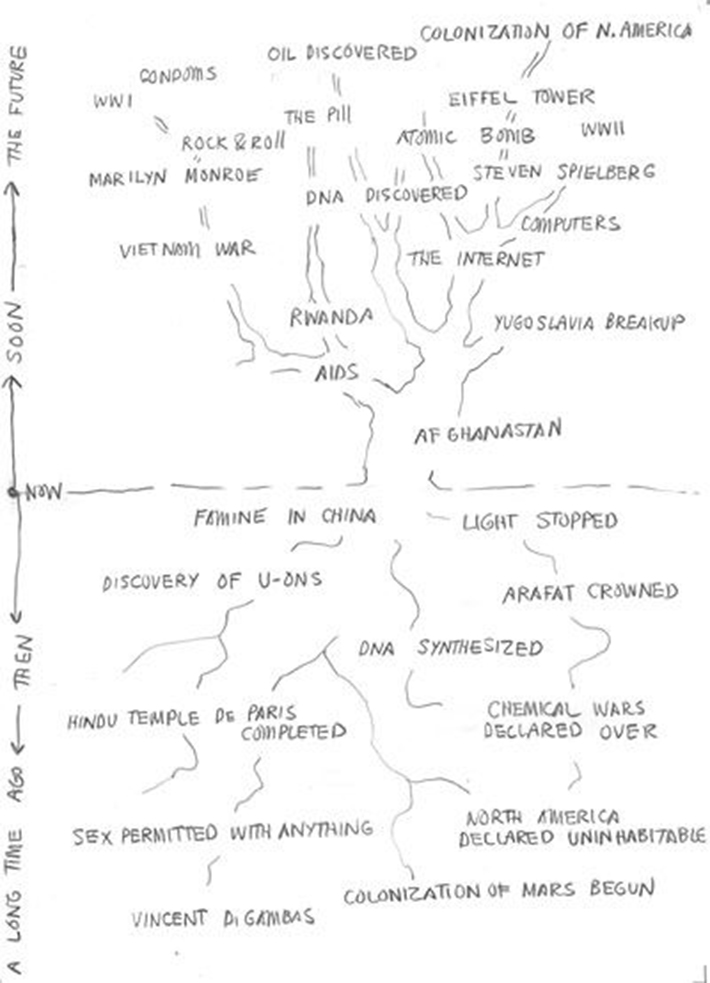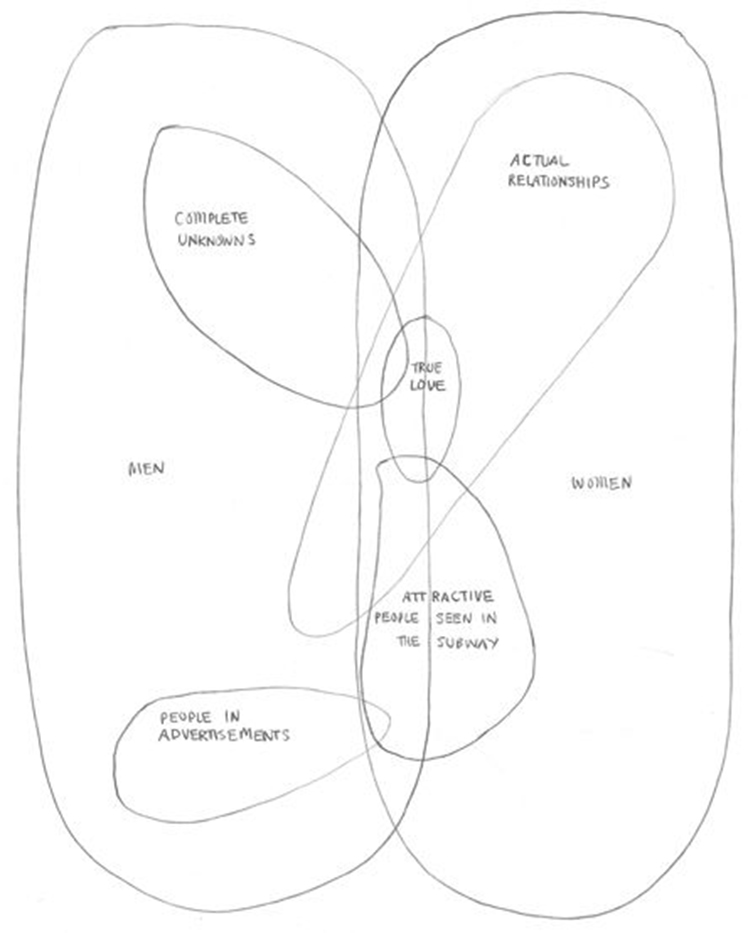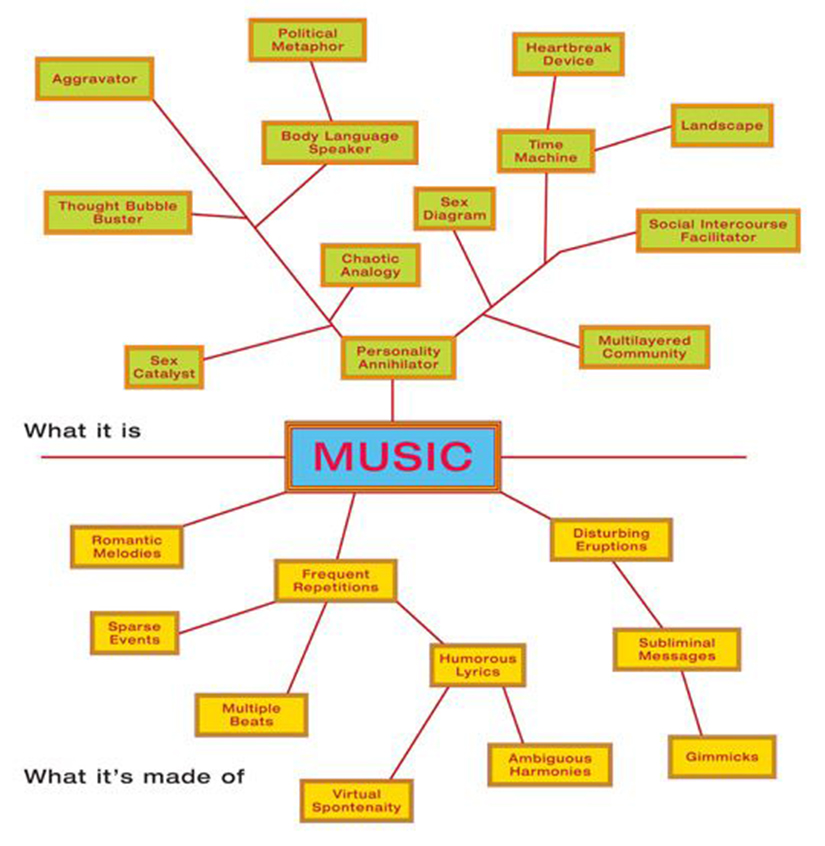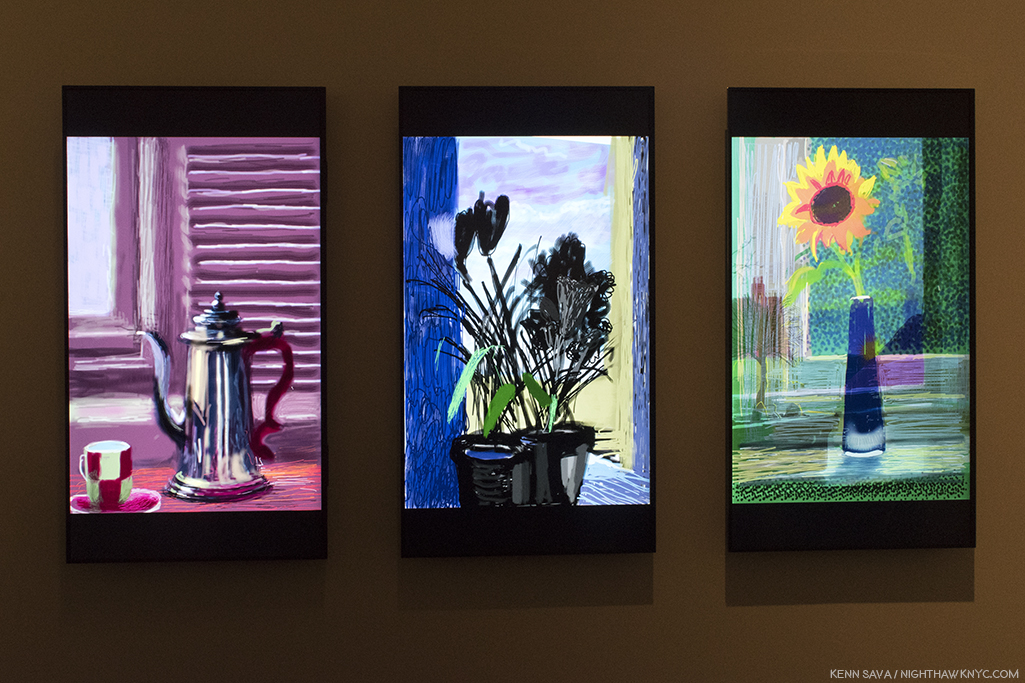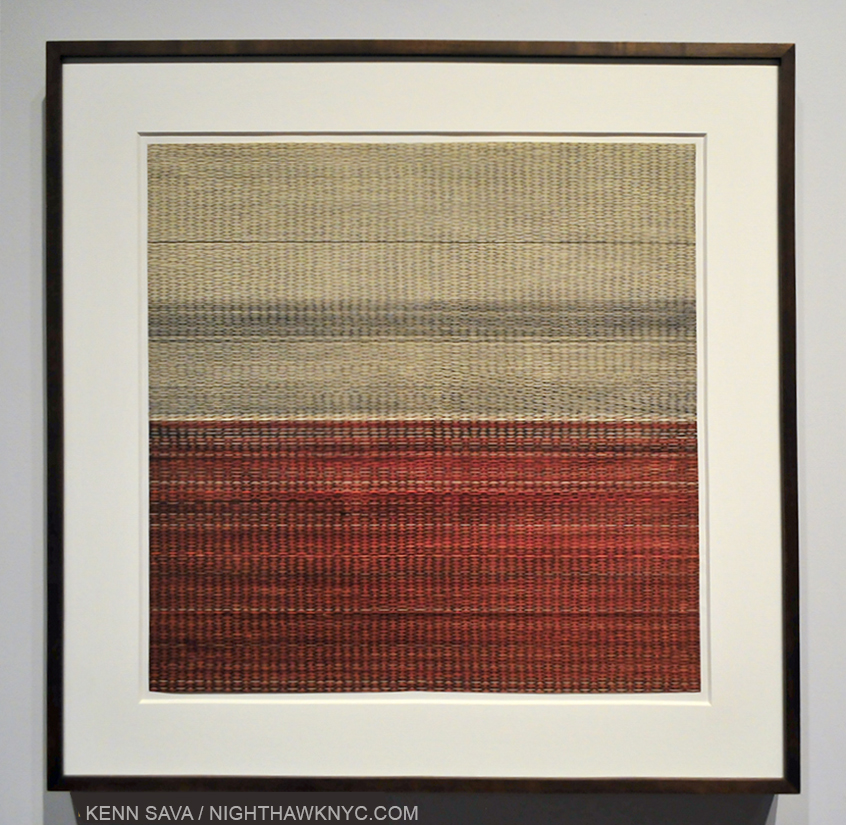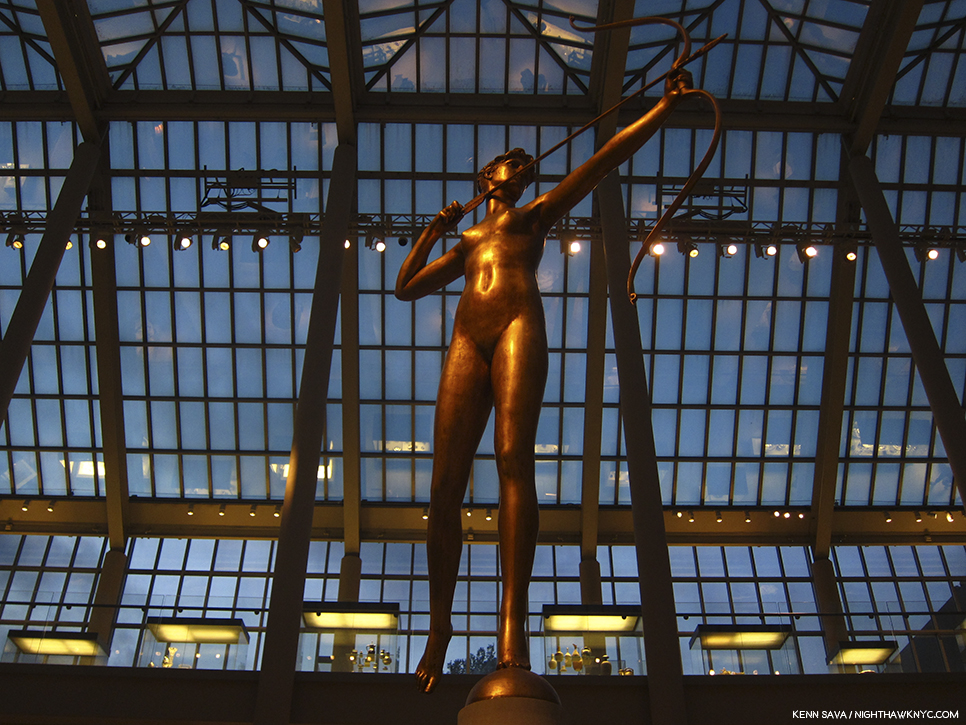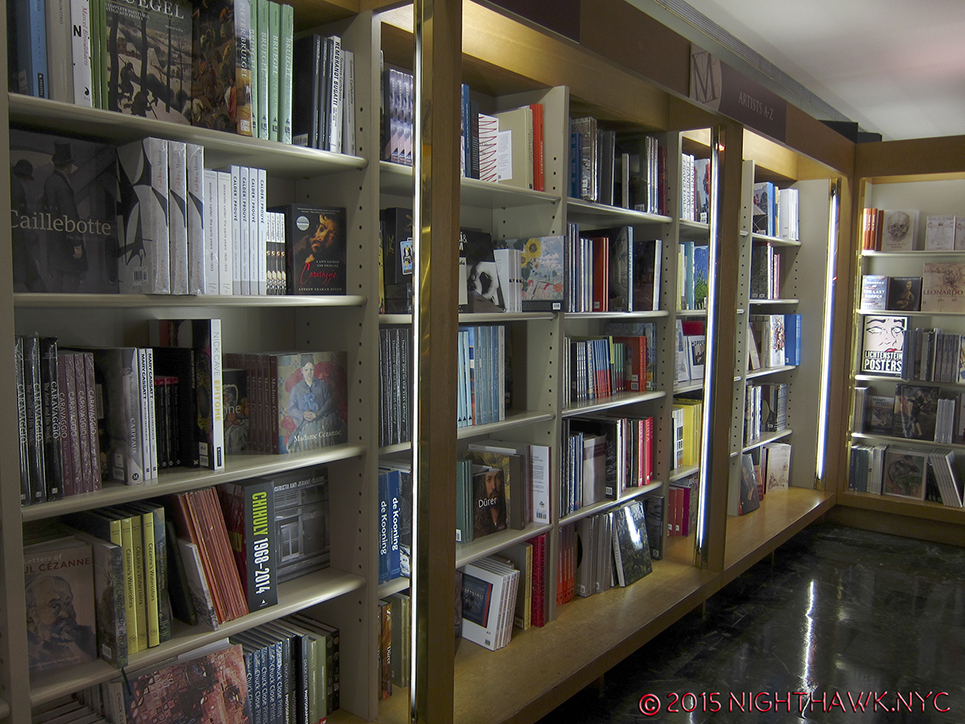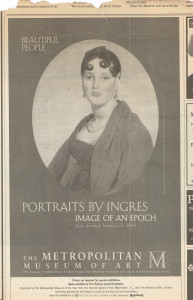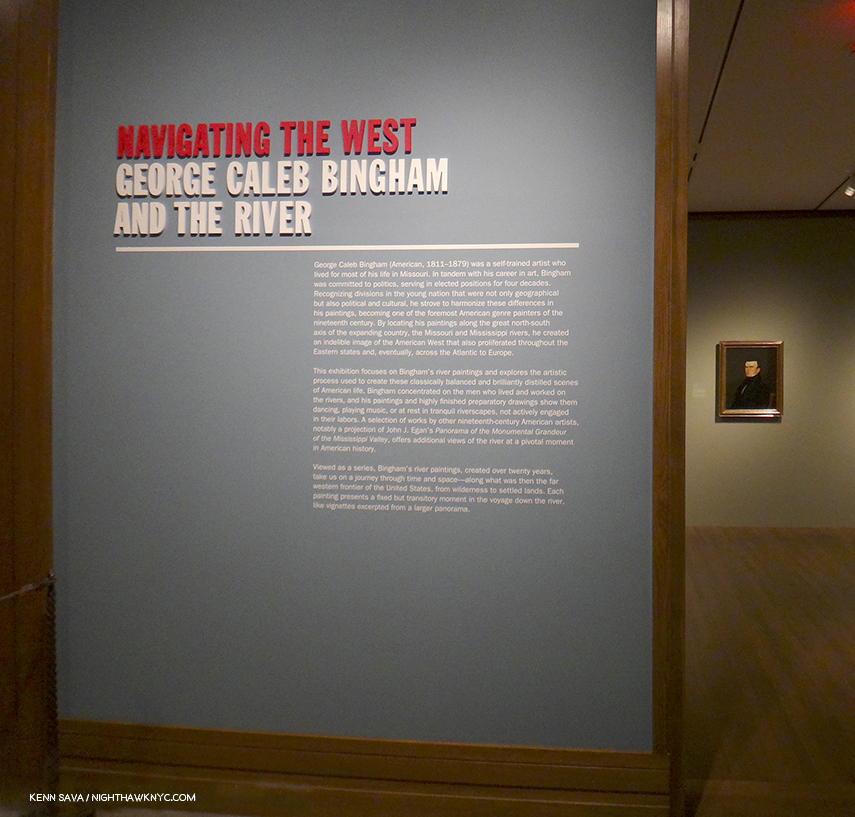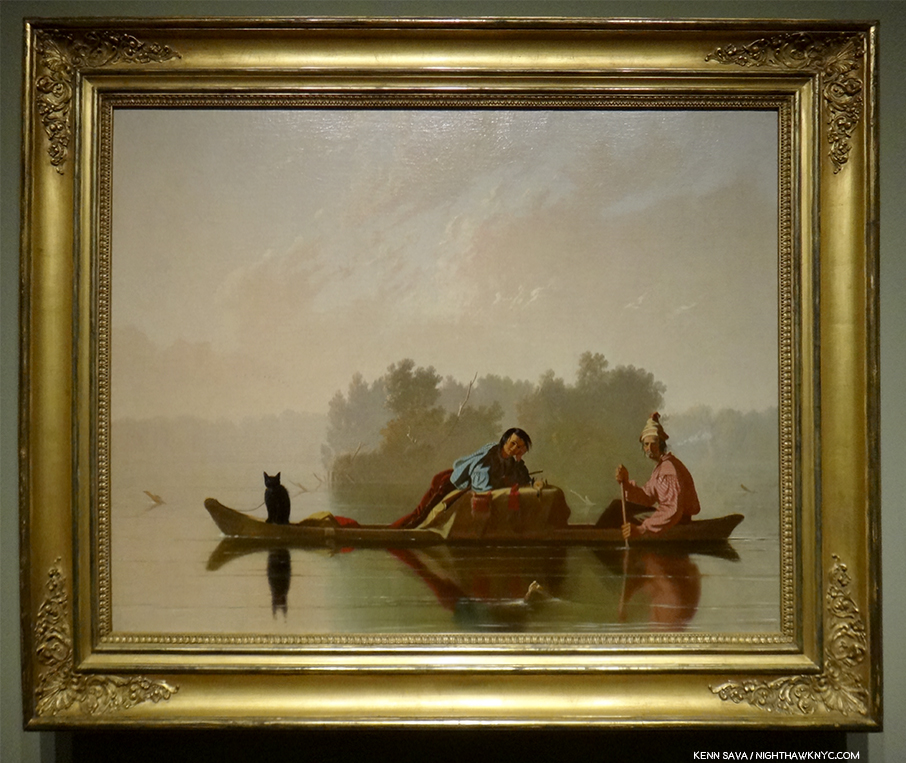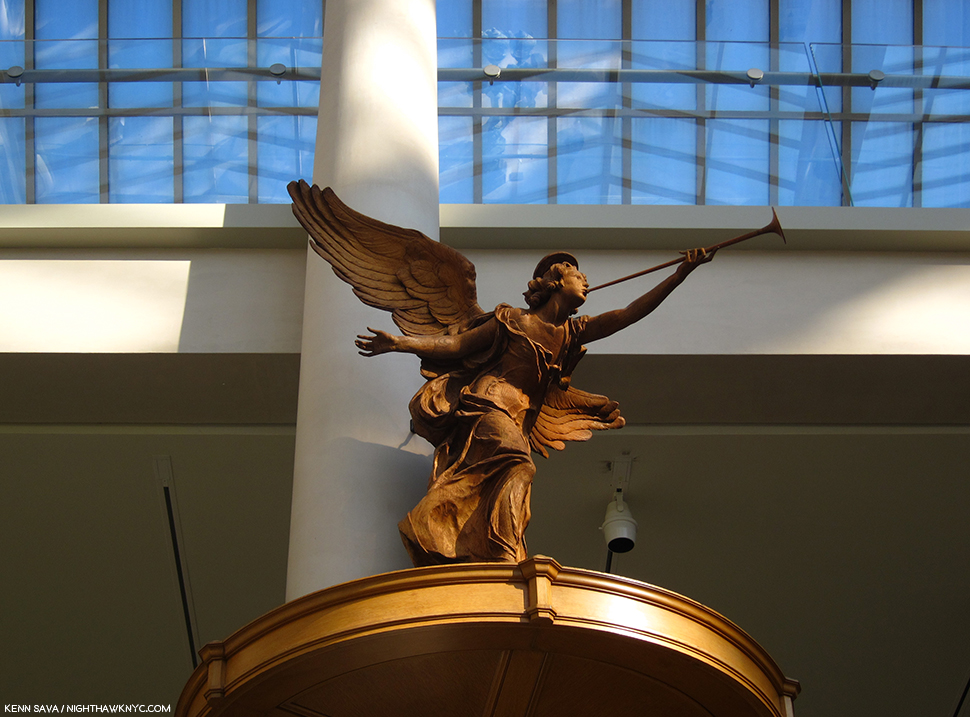Written & Photographed by Kenn Sava
For The Record #4.
Is Drawing becoming a lost skill in today’s world?
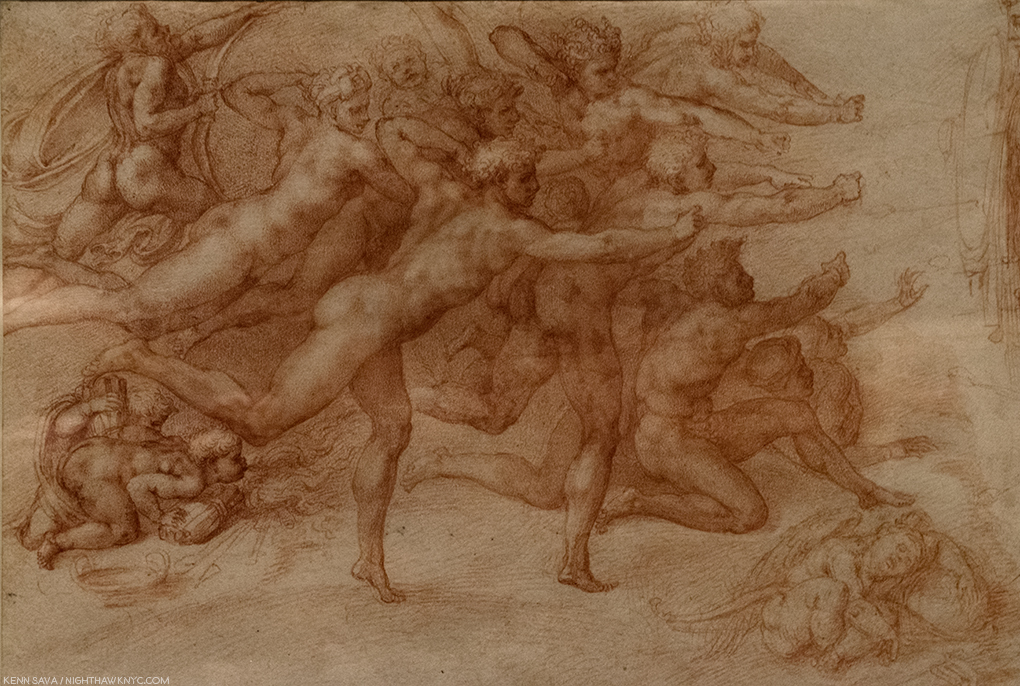
Michelangelo, Archers Shooting at a Herm, Red chalk, seen at The Met’s unforgettable Michelangelo: Divine Draftsman & Designer in 2018.
That would be tragic. For any number of reasons, perhaps the foremost being that I believe Drawing is an essential life skill. The cellphone camera seems to be replacing Drawing for many people, and I think this is shortsighted1. Drawing is a fundamental way that humans have communicated and expressed themselves for many tens of thousands of years. No doubt, even before the advent of writing and language. Its value to Art and Artists over the centuries can be seen in any museum. Beyond Art, Drawing is an important way of putting ideas down, or mapping out your thoughts. It’s an important means of thinking visually that nothing known to me can replace.
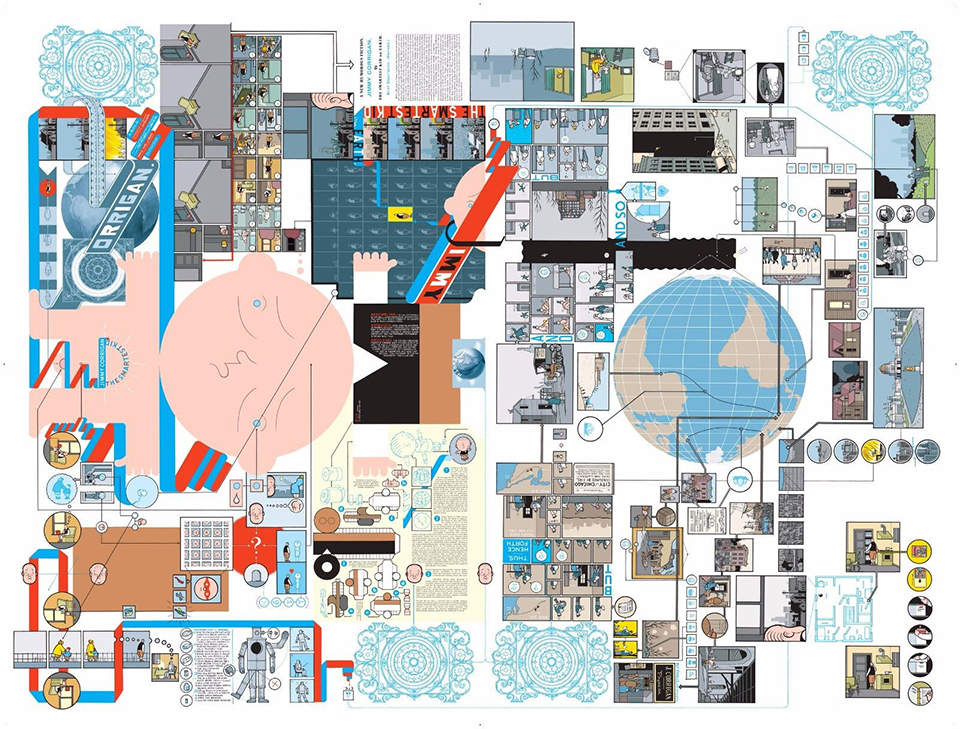
An Artist who Draws almost exclusively, Chris Ware’s fold-out cover for the hardcover edition of Jimmy Corrigan: The Smartest Kid on Earth took Drawing in entirely new directions in 2000. It’s part map, part story, part Art, part mind map, yet somehow, it all holds together. And, it also gives one an idea of what the amazing 380 pages inside are like. Is it any wonder the book was seven years in the making?
When I first tried to paint, I immediately realized I needed to work on my drawing, first, to paint the way I wanted to paint (yes, small letters. No Art with a capital A in this case). I proceeded to draw, daily, for the next decade. I still haven’t gone back to painting. Drawing became an obsession for me, both doing it and studying it’s amazing history in Art.
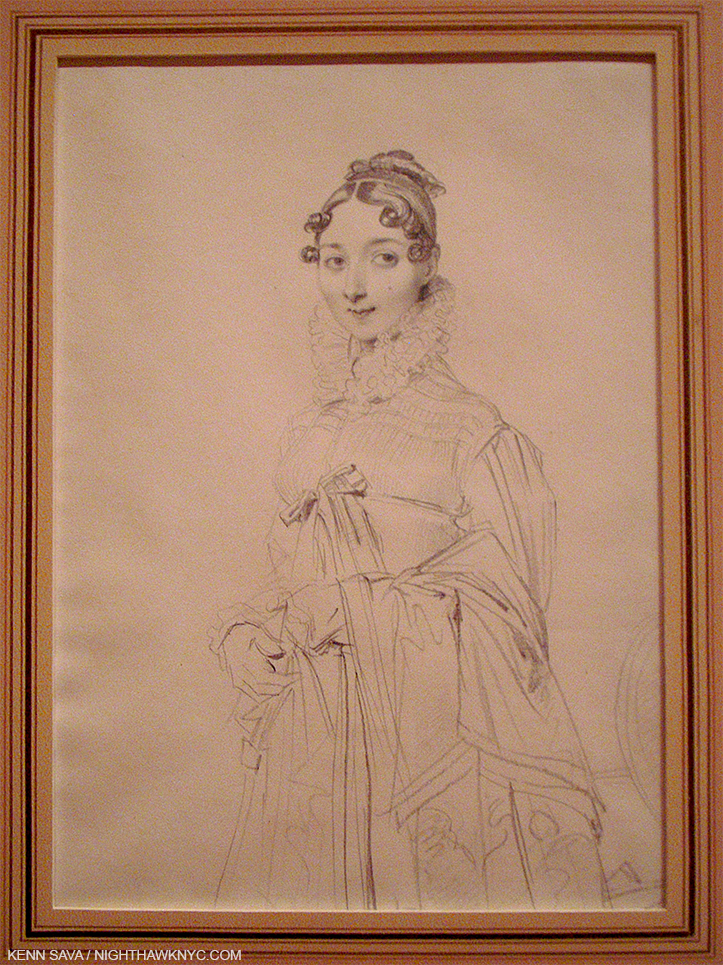
Ingres, Portrait of a Lady, 1815-17, seen at The Met in 2012 in very low light to protect it. I spent the better part of a decade trying to figure out HOW Mr. Ingres created incredible Drawings like this. In Secret Knowledge, David Hockney surmises that he may have used a camera lucida to draw the head from life, then sketched the rest fairly quickly. Regardless, it borders on the miraculous.
As time has gone on, particularly over the past decade, though there have been some monumental museum Drawing shows of work by the masters, I’ve seen fewer and fewer Drawing shows by Contemporary Artists.
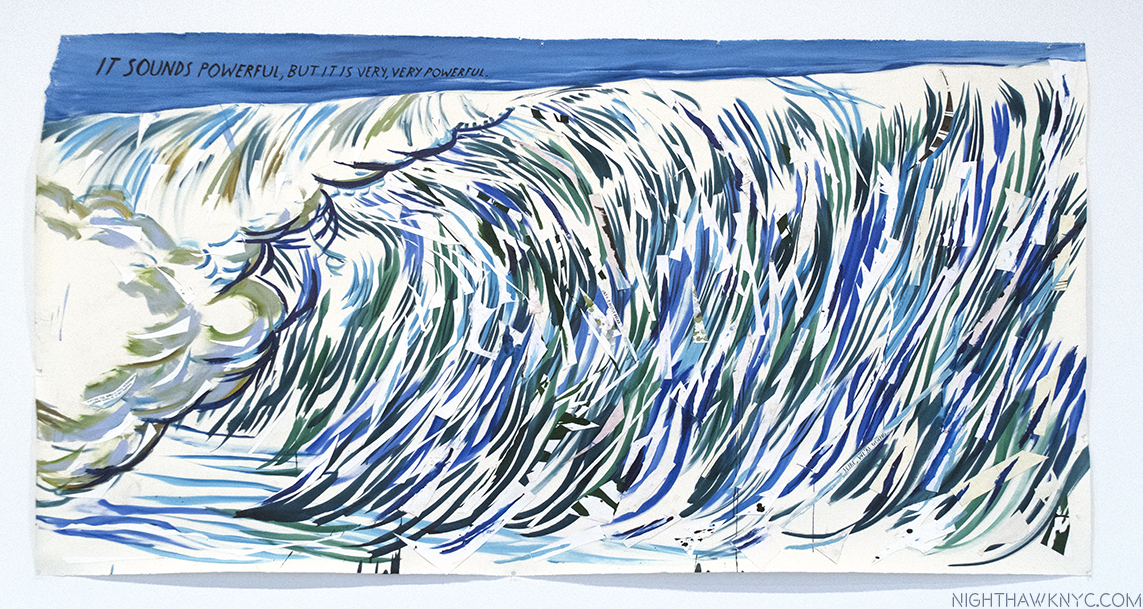
An exception. Raymond Pettibon, No Title (It sounds powerful…), Ink, acrylic and collage on paper, 60.5 x 101 inches, seen at Zwiner in 2017.
Along with really looking, and learning to see, Drawing is invaluable in developing an eye. Try drawing anything. It forces you to really see and to really be clear about what you see so you can render it. I spent a few years drawing Sculpture in The American Wing Courtyard in The Met three times a week. One of the great things about that space is that it is faced and covered with glass. The light constantly changes, and if you sat there long enough, which I did countless times, day changed to evening and then to night. This is a real challenge to anyone trying to render an object with a pencil, like it would be to someone Painting outdoors. It forced me to learn how to look hard and fast, before the light I was trying to render changed. Of course, I could have drawn from a Photograph, but I found I learned much more trying to draw a Sculpture on the spot.
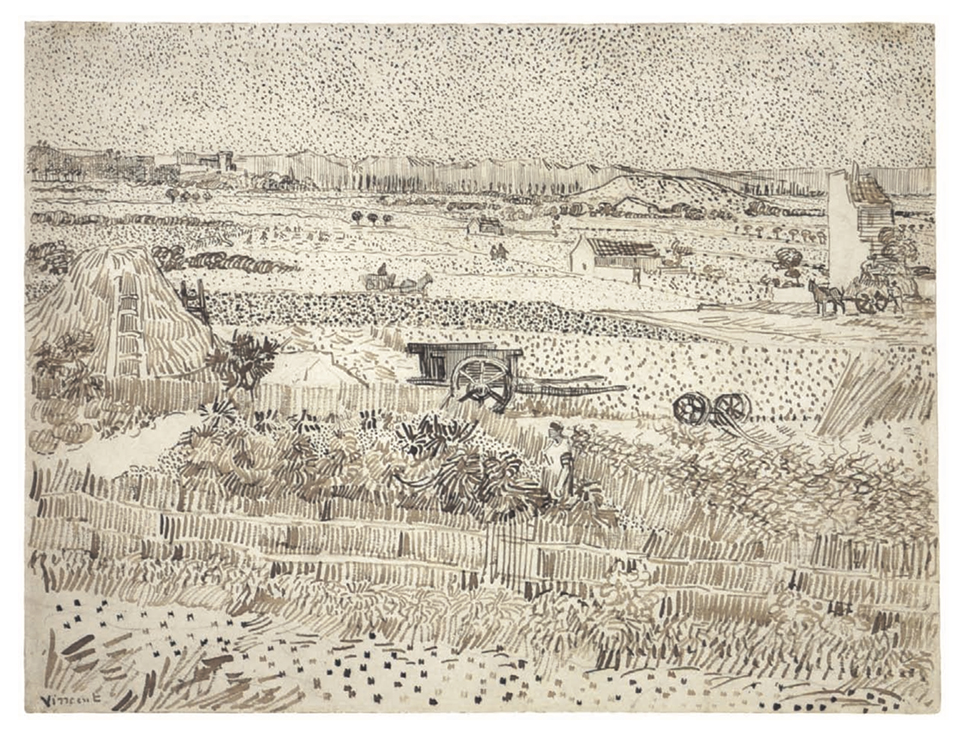
Vincent Van Gogh, Harvest in Provence, 1888, Reed pen, quill and ink over graphite on wove paper, from Vincent Van Gogh: The Drawings. Vincent was one of the first Artists to fascinate me in my early teens when I discovered him in an early visit to MoMA. As time has gone on, I’m still amazed at how he saw the world, which you can really see in his incredible Drawings. Here, he almost Draws in shorthand. Look at the sky, and the way he renders most of the scene using lines and dots. There’s so much to look at, the figures almost disappear. The only thing he’s darkened is the cart in the center. Once you compare this with the Painting he did of this scene, it might be apparent why.
When I’m first exploring an Artist, I want to see their Drawings. If they haven’t created any, I look into why not. Maybe they can’t Draw? Many Painters, like Richard Estes and Rod Penner, Draw their work directly on their canvases, creating an “Underdrawing,” as have countless Painters for centuries before them, and so don’t make standalone Drawings. If they have created Drawings, I want to see what role Drawing plays in their work, and I want to see what their Drawings reveal about it. Yes, there are Artists I admire who either don’t make separate Drawings or don’t Draw per se, but I’ve come to realize that they are in the minority.
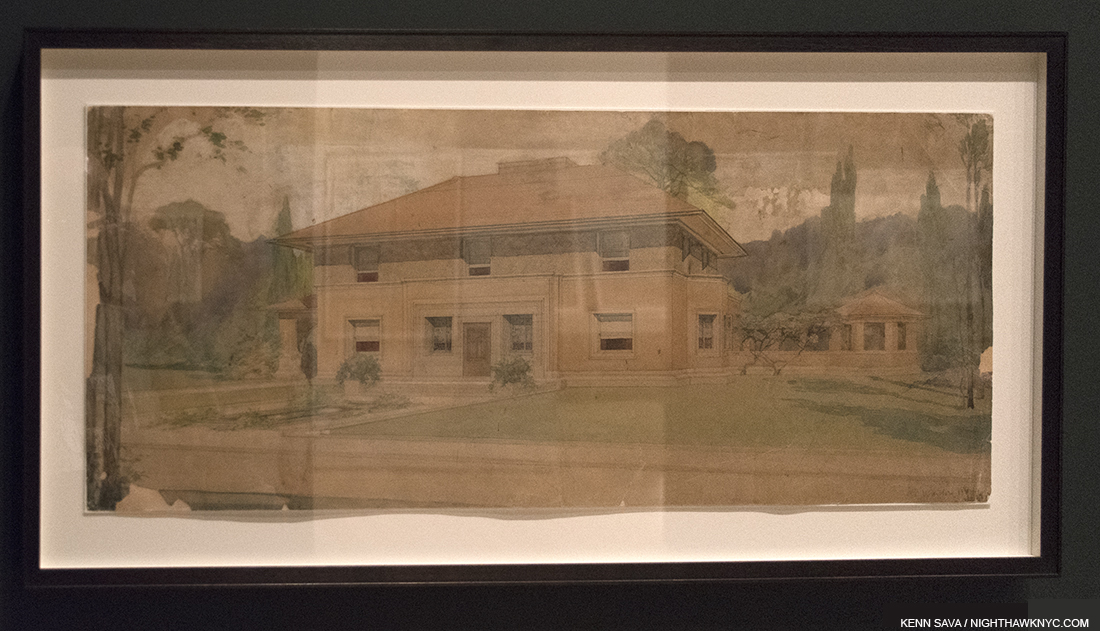
Frank Lloyd Wright’s Drawing of the Winslow House, 1893-7. The actual house may still be seen in Chicago. Drawing seen at MoMA in 2017.
Any number of Architects have made Drawings, often to present their ideas to their clients- Presentation Drawings, like the one above by Frank Lloyd Wright, that are now considered Art. Beyond their beauty, these Drawings serve any number of other purposes from showing an idea to a client, to helping engineers, landscape designers and urban planners understand the project.
Nasreen Mohamedi used Drawing both as the primary discipline of her Art and also for other reasons in other ways, as in her diary, two pages of which appear above, seen at The Met Breuer’s landmark, opening, show of her work in 2016. She, apparently, went back and colored out most of the lined pages but left words or sentences here and there legible. Did she do this for Artistic reasons? As a reminder of things left undone or to be remembered? Or…?
In 2003, the Musican & Artist David Byrne published his book of “tree drawings,” Arboretum. The fascinating Drawings inside show other ways in which Drawing can be used. He discussed them here. Three are shown here.
Some border on graphs.
Others on maps.
On the positive side, Technology has brought new ways one can Draw into the world. David Hockney is among the many using the iPad to create museum level Art.
In some ways, it’s akin to her Drawings, her primary medium after her early work, and in other ways, it’s not. When I first saw “Untitled,” circa 1970, above, I thought it was a piece of fabric. I stood in front of it for almost 30 minutes in utter disbelief that it was a Drawing, and one of THE most amazing I’ve ever seen. I subsequently christened the late Ms. Mohamedi, “The Goddess of Line.” It was said that “She was one person who was always in tune- life, work, the way she dressed, how she talked, behaved- each always totally in tune with the other, one straight line2.” During her lifetime, she was largely unknown, and so she gave many of her pieces away as gifts. Eventually, a crippling illness robbed her of her ability to Draw, before tragically taking her life at just 53 in 1990.
Ms. Mohamedi taught, and those she came in contact with have continued to spread her name and influence. Thankfully, currently and in the recent past, there are other Artists, like Mr. Hockney, William Kentridge, Raymond Pettibon, Marcel Dzama, Kara Walker, Jean-Michel Basquiat, R. Crumb and Chris Ware for whom Drawing is central to their Art. My hope is they, and all the other Artists who Draw, inspire the next generations of Artists to continue Drawing, if schools continue to stop teaching it. The Met, MoMA and many other museums have Drawing workshops, but beyond Art, institutions in other realms, and businesses, benefit from Drawings to no end. They have a stake in this, too. It’s going to take many people and organizations from all walks of life who realize what’s at stake take action to reverse the direction things seem to be taking. Human creativity has always found ways to express itself. I’m hoping that continues to find popular expression in Drawings. The time is NOW! to make sure. Before it’s too late.
Today, there are infinitely more Drawing tools, and ways to Draw, available than ever before. So, pick up a pencil, or use whatever device you’re reading this on, express yourself, nurture your creativity and ideas, and Draw!
For The Record is a series of pieces that are about key/core subjects & beliefs that underly everything else I’ve written here. The first three parts are here.
NighthawkNYC.com has been entirely self-funded and ad-free for over 6 years, during which over 250 full length pieces have been published. If you’ve found it worthwhile, you can donate to keep it going & ad-free below. Thank you!
Written & photographed by Kenn Sava for nighthawknyc.com unless otherwise credited.
To send comments, thoughts, feedback or propositions click here.
Click the white box on the upper right for the archives or to search them.
For “short takes” and additional pictures, follow @nighthawk_nyc on Instagram.
Subscribe to be notified of new Posts below. Your information will be used for no other purpose.
- David Hockney, the legendary Artist who has Painted, Drawn and Photographed, has spoken at length about the shortcomings of the camera. Over the past three years, I’ve come to agree with him. ↩
- Here ↩

